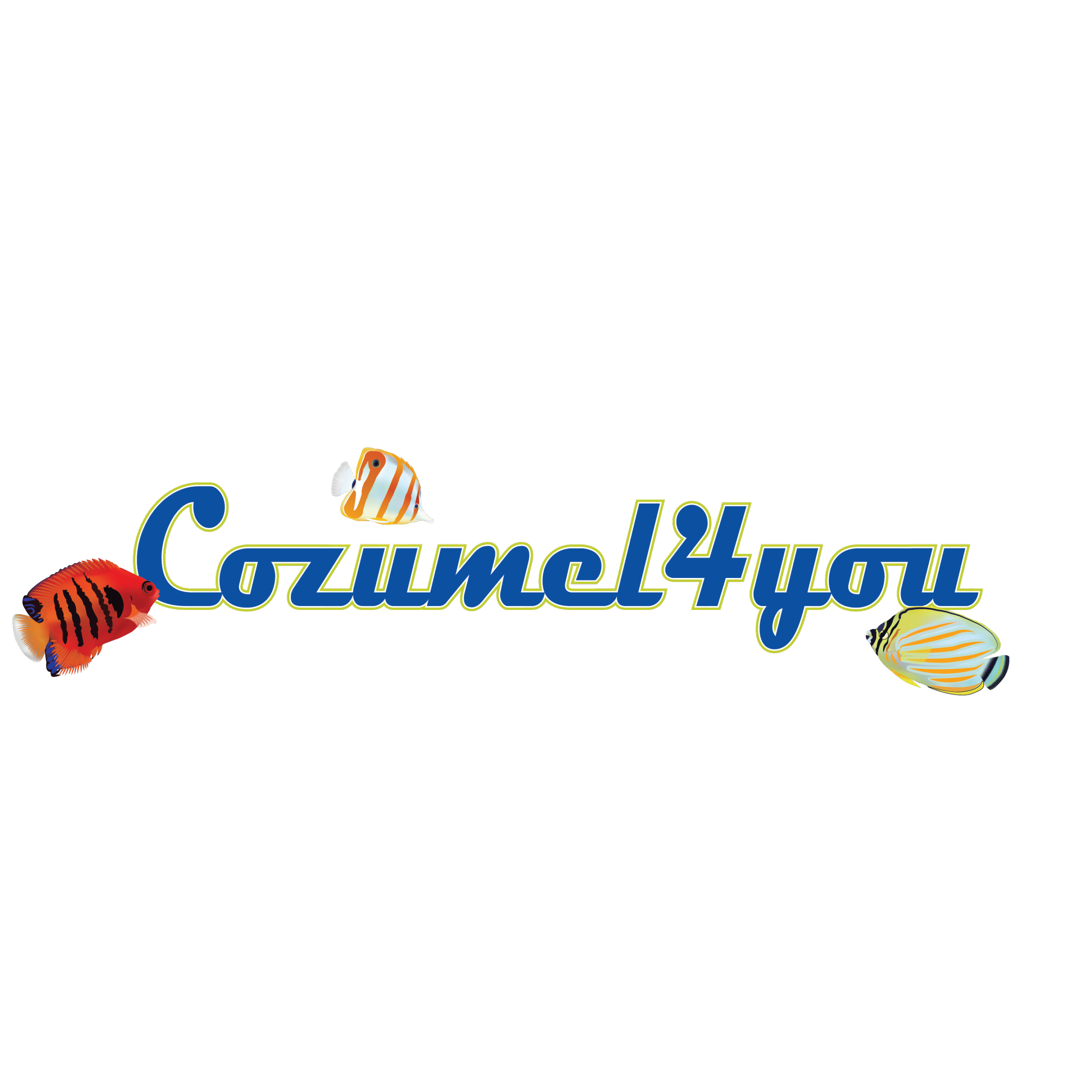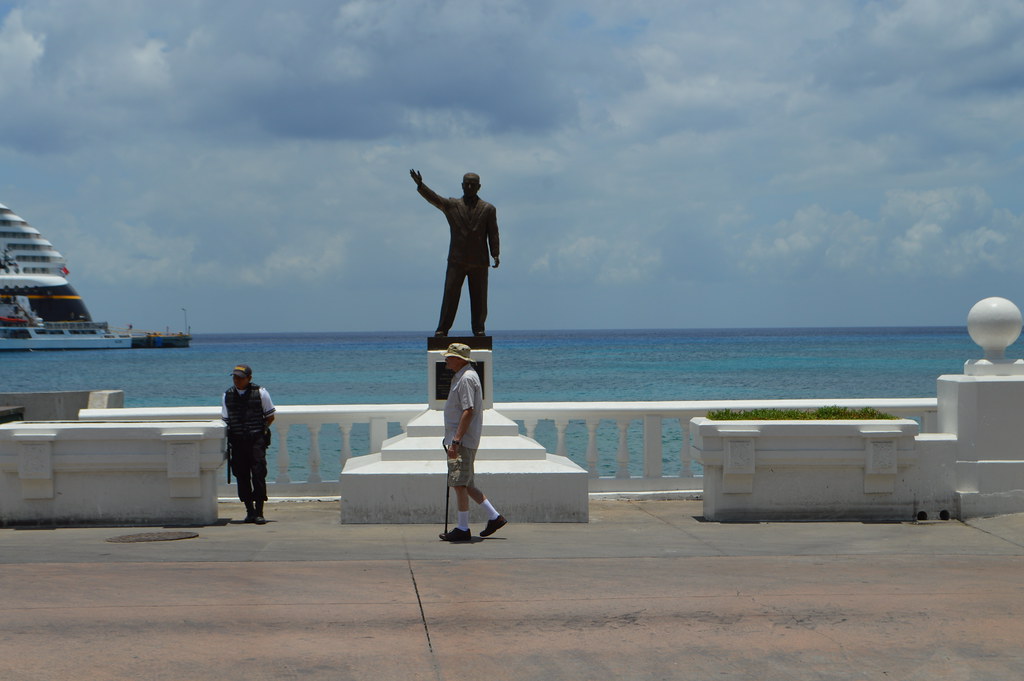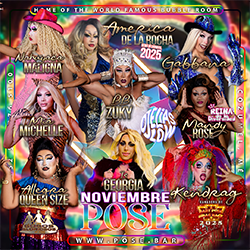Day of the Dead, myth, magic and mysticism by Monica Sauza
The ancestral mysticism and respect for the souls of the departed, flows deeply embedded in the bloodstream of a nation; they return home to coexist with living relatives and feed from the essence of the food offered in the altars. This is the time for the most mystical gathering between the living and the dead. A memory of a time when after a four year journey through Mictlán and its 9 dimensions, after gifts had been presented to the Aztec deities Mictecacíhuatl, the Lady of the Dead, and Mictlantecuhtli, the Lord of the Underworld, the dead were shown where their souls would peacefully rest until called to return to their old home. The ceremony offering crops to these deities at the end of the farming cycle (August), became a ritual. A ritual that has lasted to our times, fused into one by the encounter of two worlds and cultures. Around June, the Aztecs celebrated the feast to the “small dead” or children, and in August, the “big dead” or adults which lasted up to two months. Upon the imposition of a new religion, its calendar and beliefs, these feasts became the All Saints’ Day (or children) on November 1st and the All Soul’s Day on November 2nd(adults). Despite the catholic influence, the tradition of this Intangible Cultural Heritage (UNESCO, 2003) still holds many elements, mysticism and myths of the original ceremonies.
The pre-Hispanic cult to the dead is still preserved in a wide number of places in Mexico, not just as a cult but mainly to honor ancestors. In some places bonfires are lit, in others, the bright orange zempasúchitl flowers (marigolds), or flower of the dead, are placed pointing the way to the doorsteps of relatives’ homes who expect the arrival of the spirits of those who went before them. Inside the house, incense and candles are lit; the table is set for dead relatives who will visit for a short while. In contrast to our current vision of death, ancient Mexican cultures believed that this was just another step in the existence of the soul, a part of the cycle of creation. The Mazahuas of the State of Mexico and Michoacán believed that after living, the dead arrive to another world similar to the earthly plane they left behind.
Before midnight, children, women and men respectfully head to the cemetery with offerings of zempasúchitl flowers, food, drinks, bread, tortillas, candy and fruit which the dead relative liked so much, and carefully and reverentially set up altars upon their graves; candles are lit one by one in the cemetery, prayers and sweet Purepecha songs fill the air, while a discreet bell is heard all night calling the souls of departed loved ones to this great ceremony. In Janitzio, an island in the lake of Pátzcuaro, State of Michoacán it is the night of Animecha Kejtzitakua, night of the dead, when the shadows of princess Mintzita and prince Itzihuapa rise. Despite their great love, Mintzita and Itzihuapa were not able to marry because Spanish conquistadors had captured her father. For her father’s rescue, Mintzita offered in exchange a superb treasure found under water in the lake. When Itzihuapa was ready to lift out the treasure, he was trapped by twenty shadows of the guardians who had originally hidden the treasure. Itzihuapa became the twenty-first guardian of the treasure. On this night, the guardians rise and climb the steep slope of the island. And in the cemetery the princess and prince reunite and receive offerings from the living while whispering their love to each other and give their blessings to the living. Being part of this ceremony is a sacred duty to the dead and an honor for those who participate. On November 1st the very moving Kejtzitakua Zapicheri ceremony, or Vigil for the Little Angels, takes place at the churchyard. Mothers, sisters and brothers create beautiful flower ornaments, placing candy skulls and wooden toys on the graves of children; gifts that were not given in life will decorate their altars.
The rich tapestry of smells, colors, songs and this ancestral tradition is wonderfully represented in Tzintzuntzán (Place of the Hummingbirds) also in the State of Michoacán. Tzintzuntzán is the place from where the god Huitzilopochtli marched out to establish the great Aztec empire in the Valley of Mexico. Just as other places in Pátzcuaro, this quaint village in the riverbank of Lake Pátzcuaro, three tiered altars are placed representing the universe: first, Auándaro, the heaven where gods lived; the second, Echerendo or echerio, earth, where man lived; and the third, K’umienchékuaro, the underworld. The Purepecha people also believed that man did not die, the journey continued to another place.
The altars never lose its essence, whether in the cemeteries or in homes. According to tradition these must have seven tiers, almost two meters high, and be prepared days before the celebration, always filled with colorful papel picado or chiseled paper with floral and skeletons designs, zempasúchitl flowers, candles, photographs and personal belongings of the departed, salt, water; food including fruits, mole, tamales and other delicacies; beer, mezcal, tequila or other alcoholic drinks; atole, champurrado and chocolate, candy skulls with the names of the departed.
In Mexico, the celebration of the Day of the Dead is a mixture of mystical devotion, bringing together religion and paganism, fear and mockery. Songs are made to the death, ridiculed in cartoons and skulls, and eaten in candy or bread, making of it a very significant and particular celebration. The Catrina makes a very good example of this representation, which became the official symbol of Death in Mexico. The image of this skeleton lady, Calavera Garbancera was created before the Mexican Revolution by cartoonist and lithographer José Guadalupe Posada, and later renamed as Catrina by painter Diego Rivera and ridiculed in his famous mural Sueño de una tarde dominical en la Alameda (Dream of a Sunday Afternoon in Alameda Park) , with the Catrina as the central figure, Diego as a boy and his wife, Frida Kahlo at her side. His intention was to criticize the wealthy and political society of the time, reminding them that, in the end, we all die. The Catrina has since been crafted using many different materials, designs and paintings, represented in multiple forms, shapes, colors, attires; sometimes happy, others, flirtatious and provocative, but always defined in accordance with the region.
In a simple, but ethereal way, this mystical pre-Hispanic cult to death warmly welcomes the souls of the dearly departed that wander upon the earth to share the sincere offerings of the living.
TO BE CONTINUED
Otra fugitiva de la Ciudad de México. Mónica ha hecho de Cozumel su hogar definitivo. Desde su llegada en 1981, trabajo en turismo en todos los lugares habituales: hoteles, buceo, aeropuerto, ferries, hasta que se abrió la oportunidad de desempeñarse en su campo. Desde finales de la década de los años 70 Mónica ha estado traduciendo e interpretando, dedicándose plenamente a ello a partir de 1998, y ha asistido a extranjeros y locales de la Isla a establecer su residencia y sus negocios. Es traductora con gran experiencia, ávida historiadora y una gran fuente de tradiciones y leyendas locales.
- Animals Pets Day of the Dead - October 24, 2025
- Day of the Dead - October 24, 2025
- October celebrations and the beginnings of the Day of the Dead - October 17, 2025
Another escapee from Mexico City, Monica has made Cozumel her definite home. Since her arrival -in 981- she worked in tourism in all the usual venues: hotels, scuba diving, airport, ferries, until the opportunity to practice in her chosen field grew. Since the latter part of the 70s Monica has been translating and interpreting, fully devoting herself to it since 1998, and has assisted foreigners and Island residents establish residence and businesses- She is a Translator with extensive experience, an avid historian and a great source of local lore and legends. Otra fugitiva de la Ciudad de México. Mónica ha hecho de Cozumel su hogar definitivo. Desde su llegada en 1981, trabajo en turismo en todos los lugares habituales: hoteles, buceo, aeropuerto, ferries, hasta que se abrió la oportunidad de desempeñarse en su campo. Desde finales de la década de los años 70 Mónica ha estado traduciendo e interpretando, dedicándose plenamente a ello a partir de 1998, y ha asistido a extranjeros y locales de la Isla a establecer su residencia y sus negocios. Es traductora con gran experiencia, ávida historiadora y una gran fuente de tradiciones y leyendas locales.
Cozumel Malecon Melgar
How Cozumel’s Waterfront Street Got It’s Name If you’ve ever strolled Cozumel’s...
ByMonica SauzaOctober 25, 2012October celebrations and the beginnings of the Day of the Dead
Text & Translations by Monica Sauza In Mexico, no matter where you...
ByMonica SauzaOctober 25, 2012Mexican Sounds, Colors, Traditions Monica Sauza
Sounds, Colors, Traditions text & translation by Monica Sauza After eleven years...
ByMonica SauzaOctober 25, 2012Mexican flavors tastes history Monica Sauza
Mexican flavors tastes history Monica Sauza Walking through a few Mexican flavors,...
ByMonica SauzaOctober 25, 2012



















Leave a comment